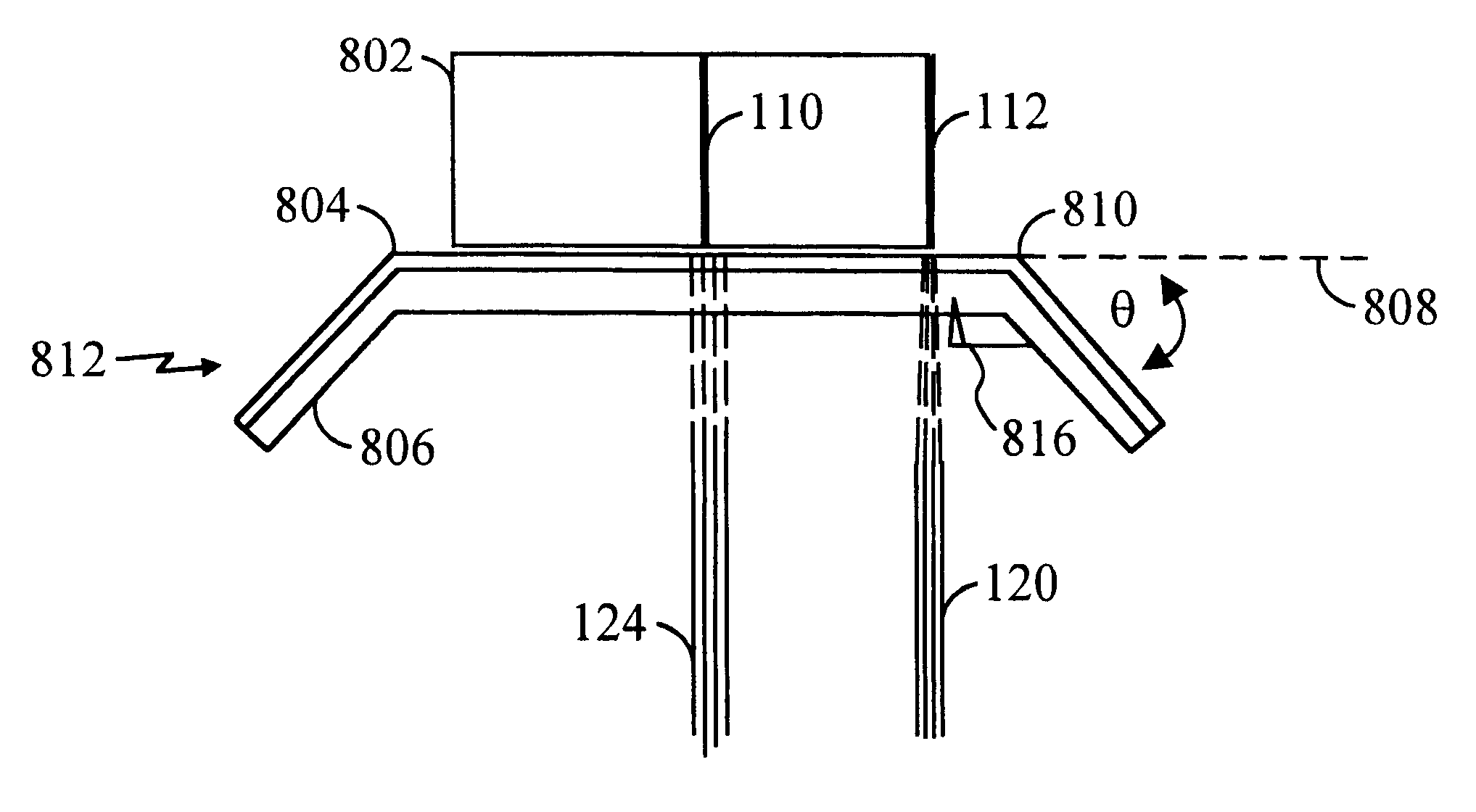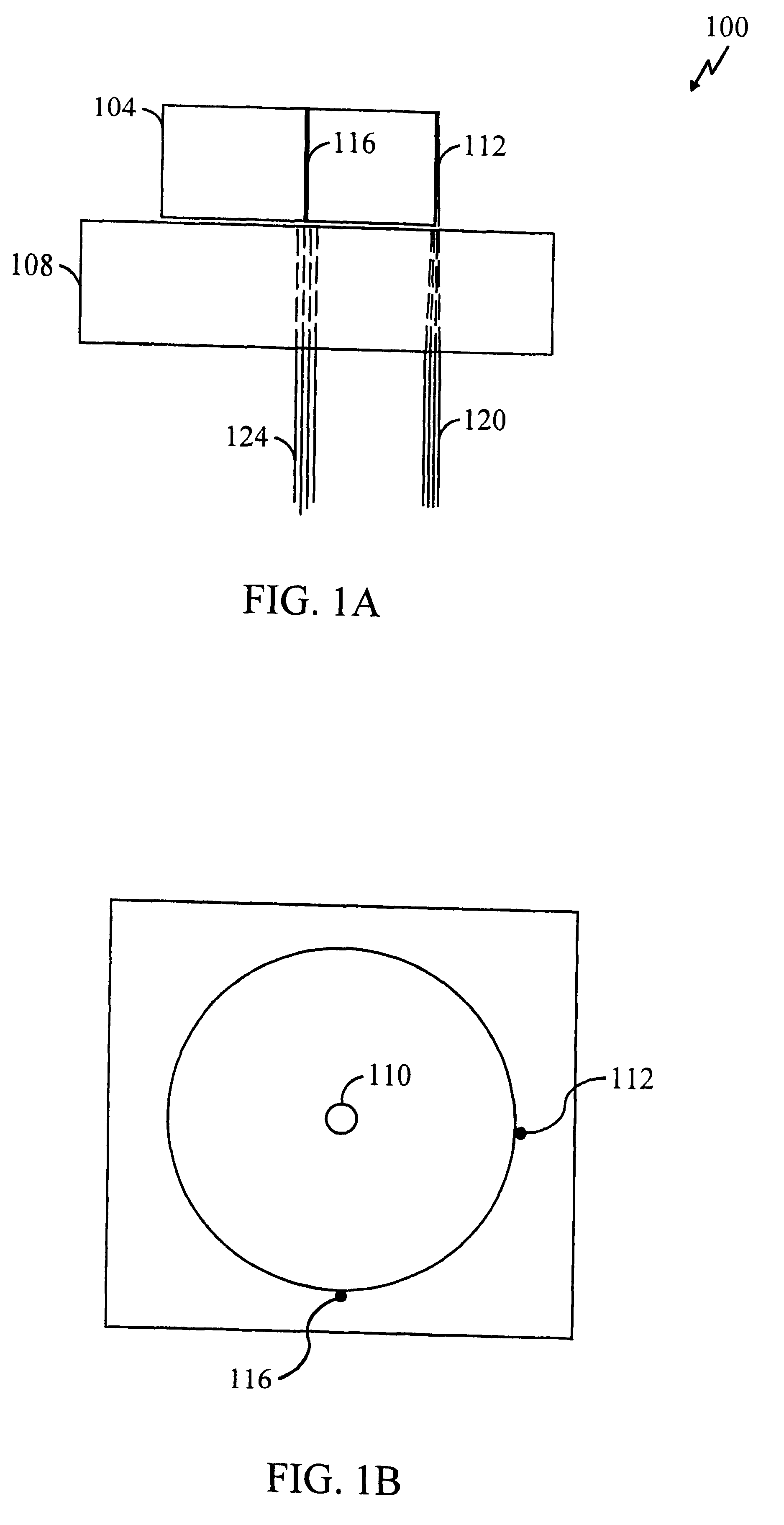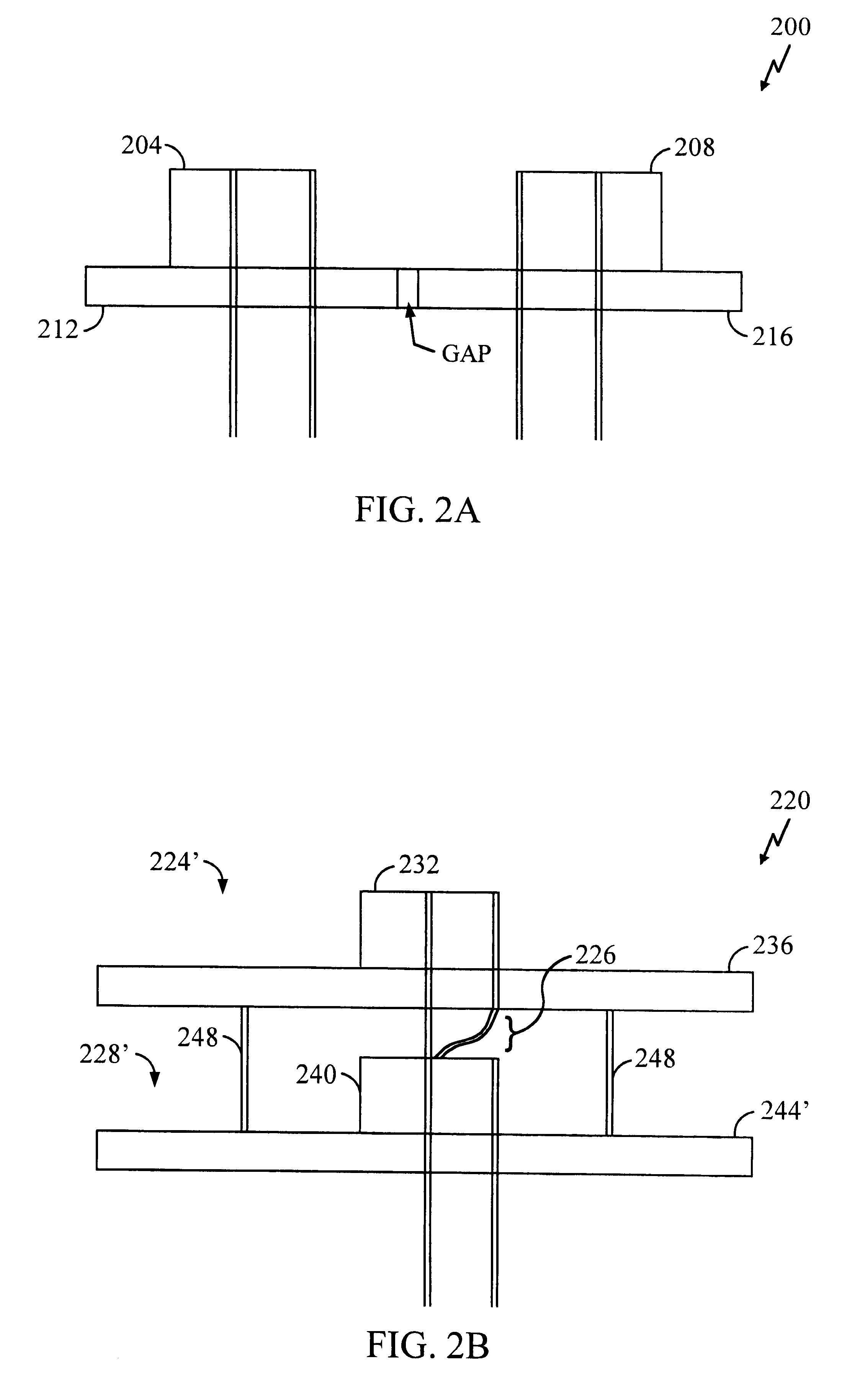Adjusted directivity dielectric resonator antenna
- Summary
- Abstract
- Description
- Claims
- Application Information
AI Technical Summary
Problems solved by technology
Method used
Image
Examples
Embodiment Construction
The stacked design discussed above is an improvement over the art, providing: a low profile, small-size antenna for satellite communication applications; with simplified attachment to a PCB feed and for mounting of elements such as a transmit power amplifier at the antenna port, which minimizes losses and improves efficiency. This arrangement allows for integration of other antenna types along the dielectric resonator antenna axis, thereby allowing for multifunction, multi-band performance in a single low profile assembly. However, even though this allows a more compact reproducible and manufacturable antenna designs, whether dual or single feed structures are used, there still exists at least one drawback with the radiation patterns generated, or more correctly the antenna directivity.
For example, as can be clearly seen from FIG. 5 and again in FIG. 7, the directivity or gain for a typical DRA element, and an antenna assembly using such an element, decreases rapidly at lower elevat...
PUM
 Login to View More
Login to View More Abstract
Description
Claims
Application Information
 Login to View More
Login to View More - R&D
- Intellectual Property
- Life Sciences
- Materials
- Tech Scout
- Unparalleled Data Quality
- Higher Quality Content
- 60% Fewer Hallucinations
Browse by: Latest US Patents, China's latest patents, Technical Efficacy Thesaurus, Application Domain, Technology Topic, Popular Technical Reports.
© 2025 PatSnap. All rights reserved.Legal|Privacy policy|Modern Slavery Act Transparency Statement|Sitemap|About US| Contact US: help@patsnap.com



